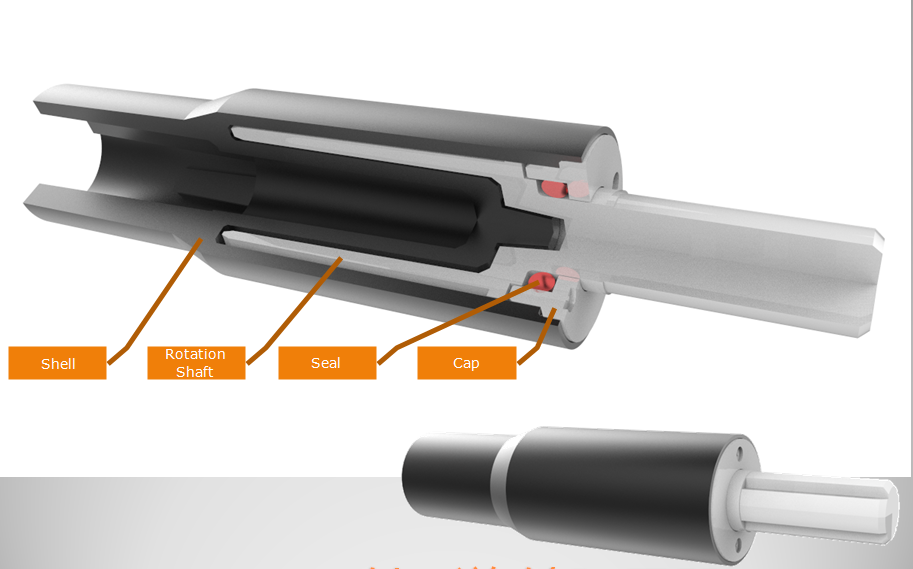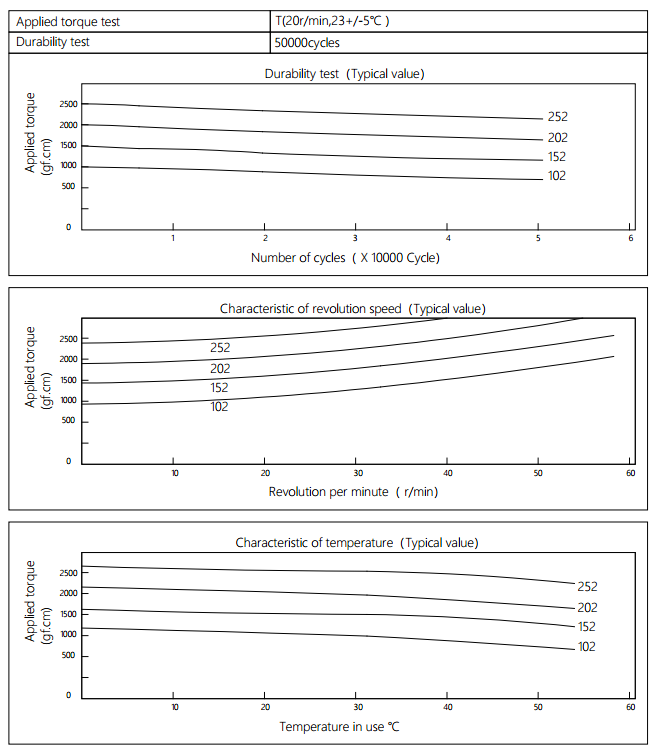Frequently encountered issues in the design and construction of germplasm resources
1. How to determine the construction area The main problem in building a germplasm resource bank is how large an area can be built to meet the needs. The medium-term storage of rice seeds is calculated to show that the average mid-bank storage seed is 300g, and generally 40 seeds can be placed in a 685 mm × 585 mm × 115 mm seed basket, then a row of 10 rows is designed. For a cold storage with 10 rows of moving seed racks per row, the area needs to be [0.72×10+1.4]m ×[0.62×10+2.0]m=70.52 m2. If the seed rack height is 15 baskets, the seed racks The height needs 2.2m, and the net height of the library needs 3.2m. Use a storage cold room with an area of ​​70.52 m2 and a net height of 3.2 m, which can store 60,000 rice seeds. Then, if you want to build a typical low-temperature germplasm resource bank for 120,000 copies, you can estimate the required use area as follows: Cold storage 140 m2, machine room 20~40 m2, buffer room 20~40 m2, acceptance room 20 ~40 m2, cleaning room 20~40m2, germination room 40~60 m2, drying and packaging room 60~80 m2, moisture measuring room 20~40 m2, temporary storage 20~40 m2, duty room 30m2, power distribution and control Room 20~40 m2, temporary storage room 20~40m2, meeting room 100 m2, computer room 100 m2, toilet and corridor 130~170 m2, total use area 760~1 000 m2. Therefore, to build a germplasm resource bank that holds 120,000 copies, you need to apply for a building area of ​​970 to 1,300 m2, which is an increase of 30% over the area used. If you need to have a research laboratory, a copy room, and a drying area, etc., you can increase the above area.
2. Ground insulation anti-freeze treatment Cold storage floor insulation anti-freeze treatment also needs attention. There have been cold cracks on the surface of cold storage due to no ground insulation treatment. The general practice of antifreeze heat preservation treatment is to make an aerial layer, make waterproof treatment on the aerial layer, and pave the compressive insulation material, and then make concrete floor again on the heat preservation layer, and lay steel reinforcement inside to strengthen the compressive strength.
3. Installation position of refrigeration unit At present, the unit has the following 3 kinds of installation positions: (1) Placed on the same floor, that is, on both sides or one side of the warehouse. The installation method is short in connection with the pipeline, easy to operate and convenient in maintenance, but it occupies the use area; (2) It is installed on the roof. The connection between the refrigeration unit and the corresponding evaporator is easy to install and easy to operate and maintain. Do not use the area, can reduce the project investment. Disadvantages are that the building is aesthetically pleasing and the noise is large. In the northern part of the roof, corresponding heating and lighting measures must be provided. In addition, the load-bearing capacity of the floor must be increased. In order to eliminate the vibration of the unit operation, vibration reduction measures must be adopted. Pipes must pass through the roof and waterproof and leak-proof measures must also be added. (3) Installed in the basement. The effect of noise can be reduced. Spare parts and spare units can be stored in the underground mezzanine for easy and safe overhaul. With respect to the roof, cooling system piping through the floor waterproof measures easy to handle. The disadvantage is that the ventilation and heat removal system must be designed to ensure the normal operation of the unit in summer. In the basement, the unit is required to be waterproof and leakproof, and the construction cost is higher. If there is sufficient land for the construction of the germplasm resource bank, it is recommended to install the refrigeration unit in the first way.
4. Configuration of long-term and medium-term libraries For the germplasm resource bank with long-term and medium-term libraries built, it was recommended that the library should be configured in a way that the long-term library is located in the medium-term database. This method is considered to have the advantage of energy conservation ( Tay, 1991). However, from the actual operation point of view, this configuration method is inconvenient to use, and it is recommended that both the long-term library and the mid-bank library door be connected to the buffer room.
5. The selection of medium-term library temperature The medium-term storage temperature should be (-4 ± 2) °C or (4 ± 2) °C. Do not design (0 ± 2) °C, ie, do not freeze the seeds. The state of ice is unfavorable for prolonging the shelf life of seeds.
6, the size of each cold storage area The size of each cold storage in the end is large or small, and its advantages and disadvantages. For example, there is a cold storage room with an area of ​​150 m2 and a height of 4 m. Three units are installed. All three units need to be turned on during commissioning. However, when the normal operation is performed, only two units will suffice, and one of them can be used. As a backup, there is a safety guarantee for this operation. However, its disadvantage is that the seeds in the library may become unsatisfied within a short period of time after completion, resulting in a waste of energy. If it is divided into 3 small cold storages, each 50 m×50 m×4 m, 3 units are also needed. When it is used, one library can be used to save energy. The temporarily unused warehouse can also store other items. The advantage is to maximize its role, but the disadvantage is that there are no spare units for each cold storage, and there are hidden dangers in terms of security.
7, the choice of dehumidification system For the preservation of germplasm resources, it is best to control the relative humidity within the library, generally required to control below 65%. Therefore, it is also necessary to consider the installation of a dehumidification system. For the low-temperature banks below 0° C., electric heating melting creams are currently used. The disadvantage is that the power consumption is large and the electric heating tubes are easily burned out. There are also ways to use hot-fluorine defrosting. In 2001, the national germplasm bank adopted a dehumidifying and refrigerating system imported at -18°C. It can control the relative humidity (RH) of the library to be less than or equal to 50%, and its dehumidification method is not an electric heating melting cream. The refrigeration unit has another advantage, that is, the ambient temperature in the room is about 10°C lower than that of the electric heating unit.
8. Calculating the heat load Q of each cold storage In the design of germplasm resources, how much cooling unit needs to be equipped is also a very important issue. The calculation of the heat load Q of each cold storage generally needs to consider the thermal load of the enclosure, the heat load of the seed/seed rack, the thermal load of the daily opening and the number of people's access, and the heat load of the lighting, evaporator fan, and electric heating melting cream. Wait. The working time coefficient of the refrigeration unit should be calculated by 50%, and the working time factor of the refrigeration unit in actual operation should not be higher than 75%. The designer can calculate the cooling unit with more cooling capacity based on this requirement.
9. Selection of Drying System In the construction of germplasm resource bank, the construction of seed drying system is also a difficult choice. Reducing seed moisture content is an important factor in prolonging the seed's longevity. However, in the process of seed drying water, excessive drying temperature should be avoided and potential damage to germplasm vitality should be avoided. Therefore, FAO/IPGRI (1994) recommends “Double 15â€. Drying system: RH < 20%, temperature (15 ± 2) °C. The National Genebank has built a “Double 15†drying room with a volume of 3.4 m by 3.1 m by 2.6 m, but its construction cost is 400,000 yuan. The National Germplasm Bank also constructs another drying system, which uses an imported plant incubator with a maximum temperature of 70°C and a self-made pre-cooling and dehumidification system to control the inlet relative humidity within the inlet box to be 7%±2%. In this way, under the drying temperature of 30~35°C, the moisture content of most crop seeds can be reduced to 5%~8% within 2~4 days. To build such a drying system, the cost is 200,000 yuan (5 sets imported Plant incubator). In addition, another drying system was also used in the early days of the National Germplasm Bank, which is to build a dry room with good sealing and heat preservation effect. The environmental conditions were controlled at 25~40°C, RH≤40%, and then the drying box was placed in a dry place. In the room, instead of configuring a pre-cooling dehumidification system, the drying system also enables the seeds to achieve a better drying effect and their construction costs are greatly reduced.
10. Selection of design units The germplasm resource bank construction is a highly specialized agricultural project. The general design units do not have design experience in this area. Therefore, under normal circumstances, the design unit can be responsible for civil engineering design and thermal insulation. The library board and refrigeration unit engineering design can be undertaken by professional refrigeration equipment suppliers. If the design unit is responsible for the design of the refrigeration and thermal insulation warehouse board project, not only does it charge a high design fee, but the designed things are often not available, and sometimes they help instead. Therefore, in the preliminary design stage of the civil construction, the refrigeration and warehouse board project can be tendered in advance. When designing the civil construction drawings, the refrigeration equipment manufacturers can intervene and cooperate with the civil engineering design units to design the best construction in power and other aspects. blueprint.
Recommended Product: Artificial Climate Room Pest Investigation Statistics
Slim Rotary Damper mainly used for small diameter, long height space. Shaft damper is used to dampen drives, control speed, and many other applications. Shaft damper are widely used in invisible screens. Shaft damper can make the movement of structures soft, quiet and safe to mitigate the impact, avoid the damage, increase the mechanical life, reduce noise, and improve product quality.

NOTE:
1. Please contact the corresponding product engineer for specific torque products
2. Max. rotation speed: 50r/min
3. Max. circle rate: 5 cycle/min(Clockwise180 °, 180 ° anti-clockwise for 1 cycle)
4. Operating temperature: -10~50℃
5. Storage temperature:-30~80℃

Applied torque: (T)
Test Temperature: 23+/-5℃
Rotating speed:20r/min
Durability test Method:Clockwise 180 °, 180 ° anti-clockwise
Rotating speed: 20r/min
Test Frequency: 1cycle/min
Test Temperature: 23±5℃
Durability test cycle: 50000cycle
Test result criteria: Store in the room temperature for 24 hours or more after the test, recording to the torque T=T±30%T.
Shaft Damper,Drive Shaft Damper,Crankshaft Damper,Flexible Shaft Coupling
Shenzhen ABD Equipment Co., Ltd. , https://www.abddamper.com